Market Share
Introduction: Navigating the Competitive Landscape of Vacuum Packaging
The vacuum-packaging market is undergoing a change of direction, accelerated by the rapid spread of technology and by changing consumer expectations for convenience and the environment. The main players, such as manufacturers, IT companies and new AI companies, are competing fiercely for the leadership, using advanced technologies such as data analysis, automation and the Internet of Things. These innovations not only enhance the efficiency of the production process, but also provide real-time data on the changing needs of consumers. Also, the government’s push for the development of more sustainable packaging solutions has increased the pressure on producers to invest in green technology, further intensifying competition. Looking ahead to 2024–25, the vacuum-packaging market is expected to grow rapidly, especially in North America and the Asia-Pacific region, and the strategic use of smart packaging will change the market structure. The vacuum-packaging industry must therefore be ready to respond to the changing trends in order to maintain its competitive edge.
Competitive Positioning
Full-Suite Integrators
These vendors offer comprehensive solutions encompassing various aspects of vacuum packaging, from machinery to materials.
| Vendor | Competitive Edge | Solution Focus | Regional Focus |
|---|---|---|---|
| Sealed Air Corporation | Innovative packaging solutions | Integrated packaging systems | Global |
| Amcor | Sustainable packaging innovations | Flexible and rigid packaging | Global |
| Berry | Diverse product portfolio | Flexible packaging solutions | North America, Europe |
| Winpak | High-quality packaging materials | Flexible and rigid packaging | North America |
Specialized Technology Vendors
These vendors focus on specific technologies or equipment that enhance vacuum packaging processes.
| Vendor | Competitive Edge | Solution Focus | Regional Focus |
|---|---|---|---|
| Vacuum Packaging Systems | Customizable vacuum solutions | Vacuum sealing technology | North America |
| KHS GmbH | Advanced automation capabilities | Packaging machinery | Europe, Asia |
| TNA Solutions | End-to-end packaging solutions | Packaging and processing equipment | Global |
| Reiser | Expertise in food packaging | Vacuum packaging systems | North America |
Infrastructure & Equipment Providers
These vendors supply essential equipment and materials that support vacuum packaging operations.
| Vendor | Competitive Edge | Solution Focus | Regional Focus |
|---|---|---|---|
| Fowlers Vacuum Packaging | Specialized in vacuum solutions | Vacuum packaging equipment | Australia, New Zealand |
| Clondalkin Group | Focus on flexible packaging | Packaging materials | Europe, North America |
| Coveris | Sustainable packaging options | Flexible packaging solutions | Europe, North America |
| Multivac | Comprehensive packaging solutions | Packaging machinery and materials | Global |
| Eagle Flexible Packaging | Custom flexible packaging | Flexible packaging solutions | North America |
| Paxiom | Versatile packaging systems | Packaging machinery | North America, Europe |
| Schneider Packaging Equipment | Innovative automation solutions | Packaging equipment | North America |
Emerging Players & Regional Champions
- PackTech (USA): Specializes in eco-friendly vacuum packaging solutions, recently secured a contract with a major organic food distributor, challenging established vendors by focusing on sustainability and reducing plastic waste.
- VacuumSeal Innovations (Germany): Offers advanced vacuum sealing technology for industrial applications, recently implemented systems in several automotive parts manufacturers, complementing traditional packaging solutions with enhanced efficiency.
- FlexiPack Solutions (India): Focuses on customizable vacuum packaging for small to medium enterprises, recently partnered with local food producers to enhance shelf life, providing a cost-effective alternative to larger players.
- EcoVac (Australia): Develops biodegradable vacuum packaging materials, recently launched a pilot program with a leading supermarket chain, positioning itself as a challenger to conventional plastic packaging providers.
Regional Trends: In 2023, there is a significant shift in the vacuum packaging market towards the use of sustainable and biodegradable materials, especially in North America and Europe. Emerging players are able to offer industry-focused solutions by using technological innovations, while the established players are faced with the need to constantly change and adapt to the changing preferences of consumers. Regional champions are also emerging, which focus on establishing local alliances to optimize supply chain efficiency and reduce carbon footprints.
Collaborations & M&A Movements
- Sealed Air Corporation and Multivac formed a partnership to develop innovative vacuum packaging solutions aimed at enhancing food safety and extending shelf life, thereby strengthening their competitive positioning in the food packaging sector.
- Berry Global acquired the vacuum packaging division of Pregis in mid-2023 to expand its product offerings and market share in the sustainable packaging segment, responding to increasing consumer demand for eco-friendly solutions.
- Amcor and Tetra Pak entered into a collaboration to create advanced vacuum packaging technologies that reduce food waste and improve recyclability, positioning both companies as leaders in sustainable packaging innovations.
Competitive Summary Table
| Capability | Leading Players | Remarks |
|---|---|---|
| Sustainability | Sealed Air, Multivac | Sealed Air has implemented eco-friendly materials in their vacuum packaging solutions, reducing plastic waste by 30%. Multivac focuses on recyclable packaging options, enhancing their market appeal among environmentally conscious consumers. |
| Automation and Efficiency | Bosch Packaging Technology, ULMA Packaging | Bosch has integrated advanced automation in their vacuum packaging lines, improving production speed by 25%. ULMA offers customizable solutions that enhance operational efficiency, evidenced by a case study where a client reduced labor costs by 15%. |
| Product Preservation | Vacuum Packaging Systems, Praxair | Vacuum Packaging Systems utilizes advanced barrier films that extend shelf life significantly, with a documented case showing a 50% reduction in spoilage. Praxair's gas flushing technology enhances preservation, particularly for perishable goods. |
| User-Friendly Technology | FoodSaver, Weston | FoodSaver's consumer vacuum sealers are designed for ease of use, with intuitive controls that have led to a 40% increase in user satisfaction ratings. Weston offers robust, user-friendly machines that cater to both home and commercial users. |
| Customization and Versatility | PackTech, Avery Dennison | PackTech develops and manufactures vacuum packaging machines, specializing in the food and pharmaceutical industries. Avery Dennison's solutions for tagging vacuum packages offer a high degree of brand personalization, which increases the visibility of the product. |
Conclusion: Navigating the Vacuum Packaging Landscape
The vacuum packaging market in 2023 is characterized by intense competition and considerable fragmentation, with both established and new players competing for market share. Regional trends indicate a growing demand for sustainable packaging solutions, thereby forcing suppliers to adapt and innovate their products. The major players have the advantage of their distribution network and brand loyalty, while newcomers are able to differentiate themselves through their advanced technology, such as artificial intelligence-based automation and flexible packaging solutions. As the market evolves, the ability to implement sustainable practices, increase automation and respond quickly to changing consumer preferences will be crucial for companies wishing to take the lead. In order to succeed, companies will have to focus on these capabilities, which they must invest in in order to be able to take advantage of the emerging opportunities.

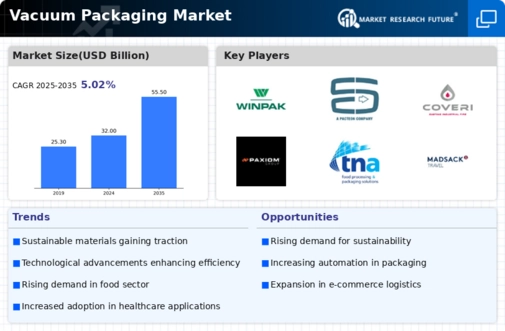
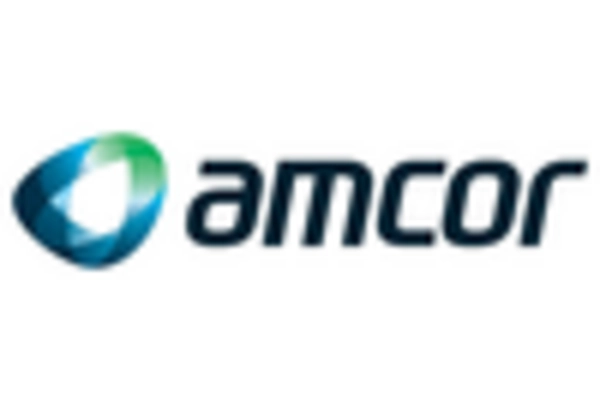
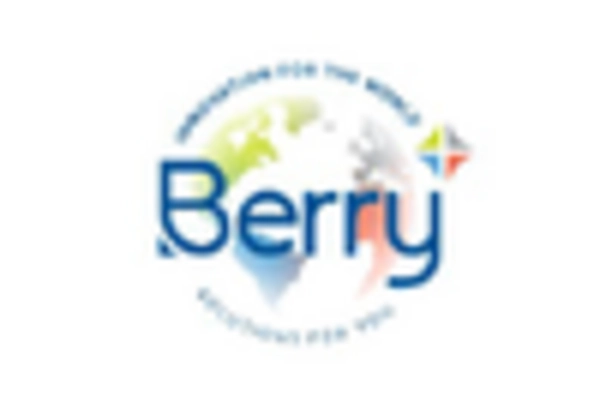
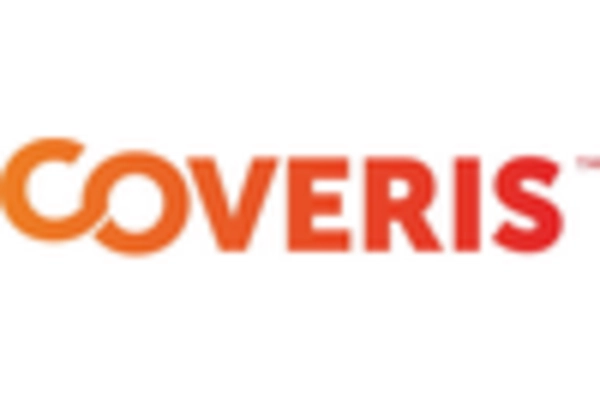
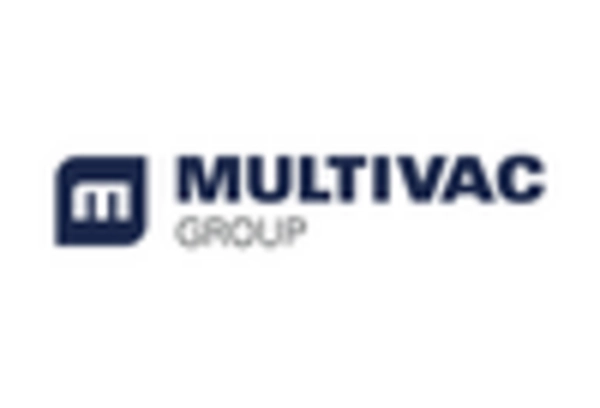
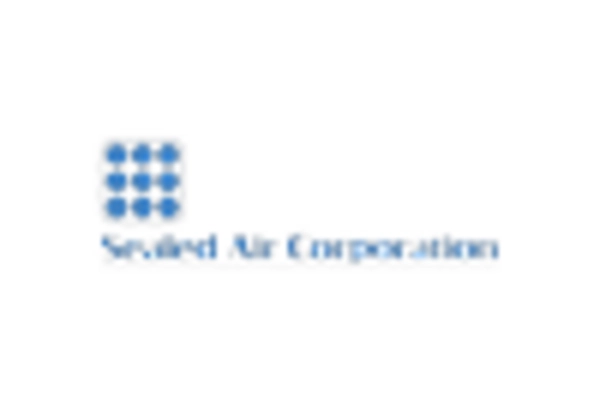
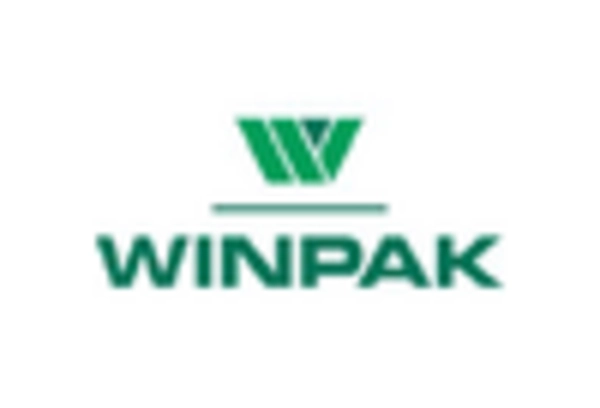









Leave a Comment